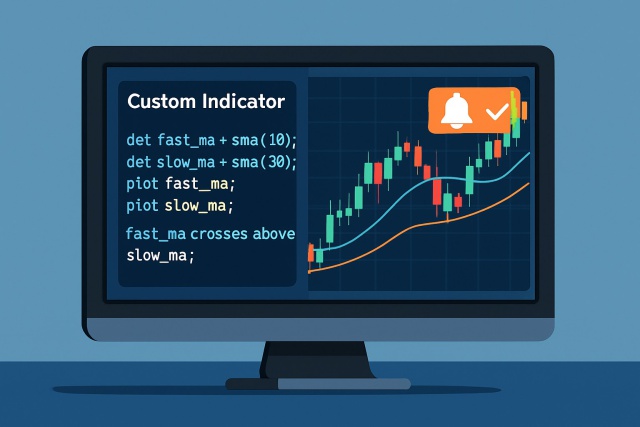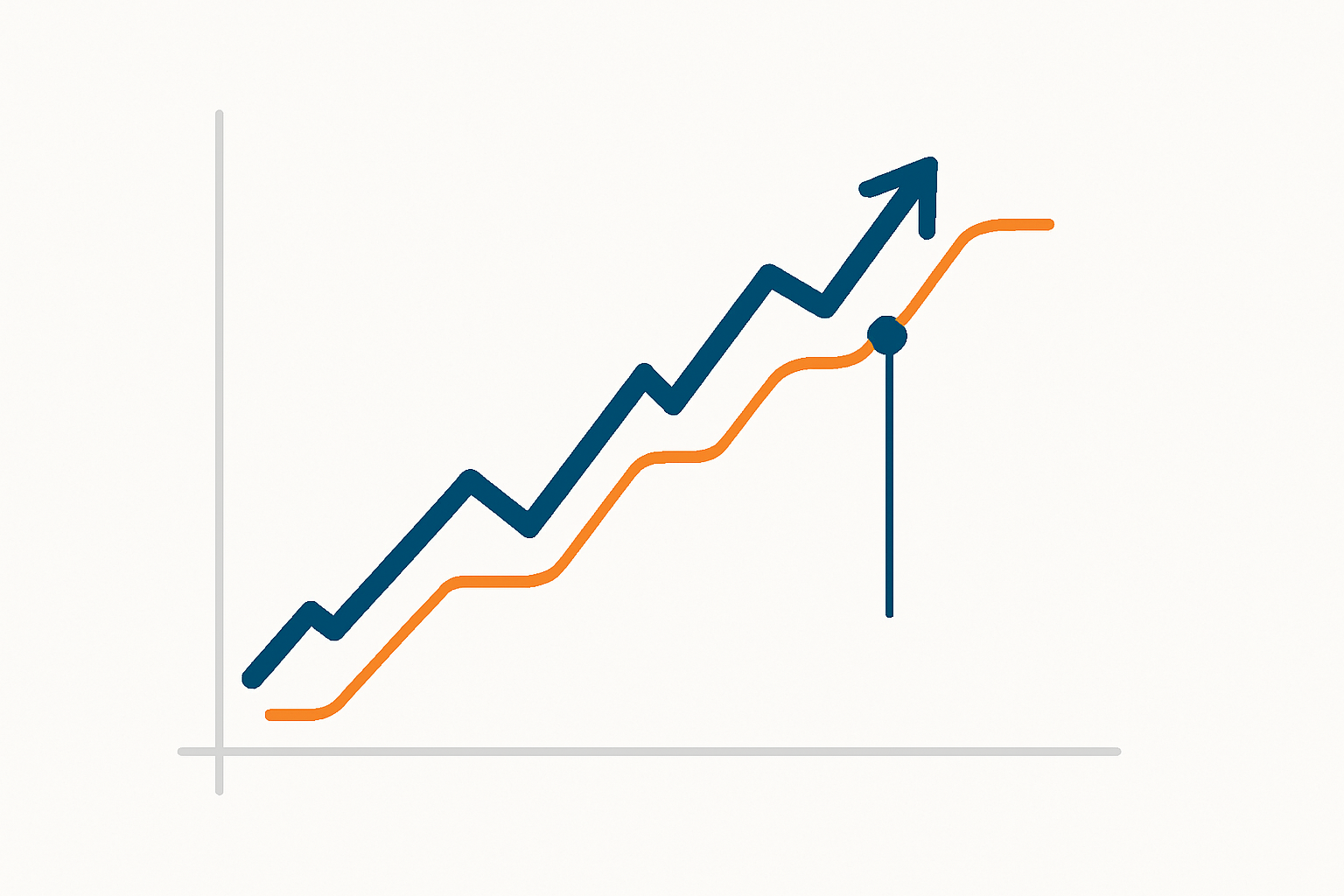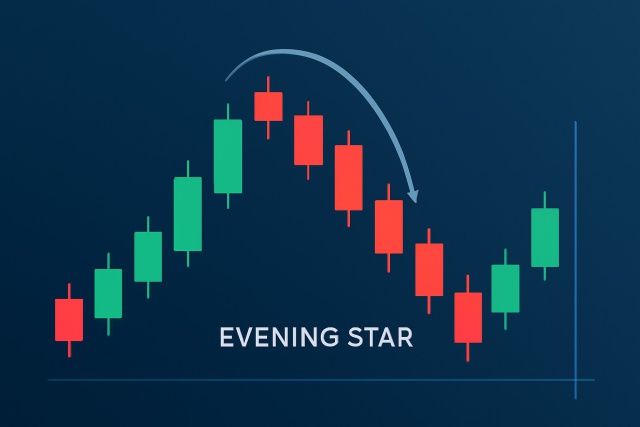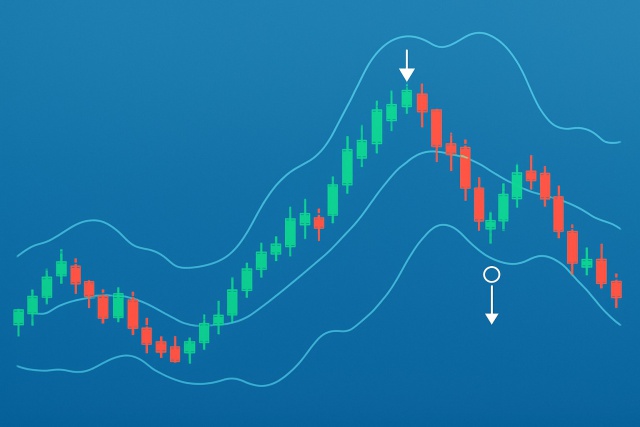
How to Create TrendSpider Custom Indicator from Scratch
Discover how to create custom indicators on TrendSpider with this step-by-step guide. Tailor your tr...

Trailing stops are a real workhorse when it comes to risk management for traders and investors, quietly helping to lock in profits and keep losses in check without the need for constant babysitting. Unlike fixed stop losses that sit stubbornly in one place, trailing stops actually move with the price.
A trailing stop is a type of stop loss order that tags along with the market price at a set distance, whether that’s a specific dollar amount or a percentage. Unlike the classic stop loss that stubbornly stays put no matter how the price dances around, a trailing stop quietly adjusts on its own whenever the price moves in your favor.
A trailing stop loss stands apart from a regular stop loss mainly because it’s more flexible and moves along with price changes. Unlike the usual stop loss that’s locked in at a set price regardless of the market, a trailing stop keeps a steady cushion below or above the current price and adjusts as things shift. This feature is a real lifesaver in choppy or trending markets where you want to lock in profits but still ride the wave for further gains. Plus, it cuts the hassle of constantly fiddling with your stops and lets you follow a solid exit plan without letting emotions mess things up.
You buy a stock at $50 and set a trailing stop $5 below the current price. Now when that stock sneaks up to $55 the trailing stop moves up too. It lands right at $50 and keeps that $5 cushion intact. If the price then slips back down to $50, bam, the stop kicks in and your shares sell automatically.
Pick a trailing amount or percentage that clearly shows how far behind the current price your stop should stick.
As the stock price moves in your favor the trailing stop tags along, moving up by itself.
The stop price locks in at the highest price minus that trailing amount and gives your gains a safety net.
Should the market take a turn and the price dips to the trailing stop level the stop order kicks in.
Your position then gets sold or closed automatically to help keep losses in check or lock in profits.

Visual illustration of how a trailing stop follows a rising stock price and triggers a sell when the price reverses.
Trailing stops can be set using either a fixed dollar amount or a percentage of the current market price. Going with a fixed dollar trailing stop is straightforward enough, though it might not keep up so well when prices start doing their usual dance.
Dollar trailing stops often do the trick with stable blue-chip stocks, the reliable old-timers of the market. On the flip side, percentage or volatility-based stops usually play nicer with the more unpredictable kids on the block like cryptocurrencies.
Setting a trailing stop during a strong uptrend is a clever way to lock in gains while still giving your profits room to grow as the price climbs higher. Traders who can’t keep an eye on the markets around the clock often swear by automatic loss limits since it saves them from constantly fiddling with adjustments. Trailing stops also do a great job of taming those pesky emotions like fear and greed, helping individuals stick to a more disciplined trading approach.
Trailing stops are not foolproof. In choppy or volatile markets small price fluctuations can trigger your stops earlier than desired. This is often called stop hunting. Determining the correct trailing distance requires skill. Setting it too tight may cause premature stops but setting it too loose can result in larger losses.
A trailing stop is like a trusty safety net that moves alongside a trapeze artist as they swing through the air, always ready to catch them just in case they lose their grip. It’s the kind of backup that’s quietly reassuring, even if you hope never to need it.
Keep an eye on the asset’s volatility before setting your trailing stop distance to avoid getting stopped out by usual price wiggles.
When dealing with wild stocks or cryptocurrencies, percentage-based trailing stops do the trick better. Fixed dollar amounts work well with more stable assets.
Tailor your trailing stop to your trading timeframe because longer holds need those stops set looser.
If there’s big news or the market’s acting like a rollercoaster, give your trailing stops extra breathing room so they don’t pull the trigger too quickly.
Before diving into the real deal, test your trailing stop strategy in demo accounts or paper trading. It’s a much safer playground.
Following these guidelines can really help you squeeze the most juice out of trailing stops. It’s key to get a good feel for an asset’s past volatility and typical price swings when settling on the right trailing distance. In markets that tend to dance all over the place like cryptocurrencies on platforms such as Binance, percentage-based stops usually play nicer. Fixed amounts often do the trick for stocks that don’t throw too many curveballs. Don’t forget to tweak your stops depending on how long you plan to hold your positions.
Imagine a swing trader spotting a promising tech stock. They might rely on a trailing stop to lock in gains during a solid uptrend and let the position ride the wave without exiting too early. Meanwhile, fixed stops are often preferred by day traders or when the markets are highly volatile. Having a firm loss limit can be a real lifesaver because it helps cut losses early before things get out of hand.
Trailing stops have become a go-to tool in various markets including stocks, forex, cryptocurrencies and futures. The basic concept doesn’t change much but factors like volatility, liquidity and trading hours often nudge traders to adjust their trailing stop distances and strategies to better suit each unique market environment.
| Market | Typical Trailing Stop Method | Volatility Considerations | Example Stop Distances |
|---|---|---|---|
| Stocks | Usually percentage or dollar amounts | Tend to have moderate volatility and usually keep things pretty steady during trading hours | Often set somewhere between 3% to 5% or $1 to $3, give or take |
| Forex | Generally based on pips | Known for high volatility and the fact that it never really sleeps, trading goes on around the clock | Typically ranges from 10 to 30 pips, depending on the currency pair |
| Cryptocurrencies | Mostly percentage-based | Experience sky-high volatility and run non-stop 24/7, making for a wild ride | Commonly set at 5% to 10%, sometimes even higher when things get a bit crazy |
| Futures | Can be point-based or percentage | Volatility can be all over the place, heavily influenced by the specific contract and its expiration date | Stop distances vary widely by contract, so it pays to keep a close eye |
Grasping these differences can really give traders a leg up when it comes to finding trailing stop strategies that fit each market's quirks. Take crypto traders on Binance for example—they often lean on percentage trailing stops to ride out the wild price swings that are the norm there. Meanwhile, forex traders usually swear by exact pip-based stops tuned to the unique volatility of each currency pair.
It’s surprising how often trailing stops get tangled up in confusion, even among individuals who’ve been around the trading block a few times. There are some sneaky misconceptions that tend to trip people up if they’re not paying close attention. Let’s clear the air and shed some light on what trailing stops really do and don’t do.
Trailing stops are mostly about managing risk rather than handing you a guaranteed profit on a silver platter. They’re great for cutting losses and locking in gains, but they can’t erase the chance of losing money entirely. Picking the right trailing distance really comes down to how jumpy the asset is and what your trading goals happen to be. Just because it’s tempting to go for wider stops doesn’t mean it’s a genius move—they can end up causing you bigger headaches with larger losses.
Are you looking to navigate the dynamic world of cryptocurrency trading with confidence? Coinbase is the platform you need. As a leading exchange, it offers a user-friendly interface, robust security, and a wide range of digital currencies. Unlock the potential of the crypto market with Coinbase.
Are you ready to elevate your trading game? Binance, the leading cryptocurrency exchange, offers a seamless platform for traders of all levels. With its user-friendly interface and powerful tools, you can navigate the dynamic world of digital assets with confidence.
15 articles published
Driven by a passion for democratizing trading knowledge, she focuses on behavioral finance and psychological aspects of market decision-making.
Read Posts
Discover how to create custom indicators on TrendSpider with this step-by-step guide. Tailor your tr...

Discover how to recognize the evening star candlestick pattern—a powerful signal highlighting potent...

Master trading with Bollinger Bands by understanding volatility, setup patterns, and risk management...

Unlock the full potential of TrendSpider with this authoritative guide to TrendSpider University tra...
